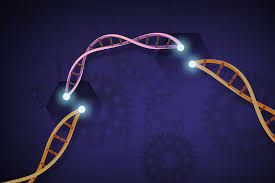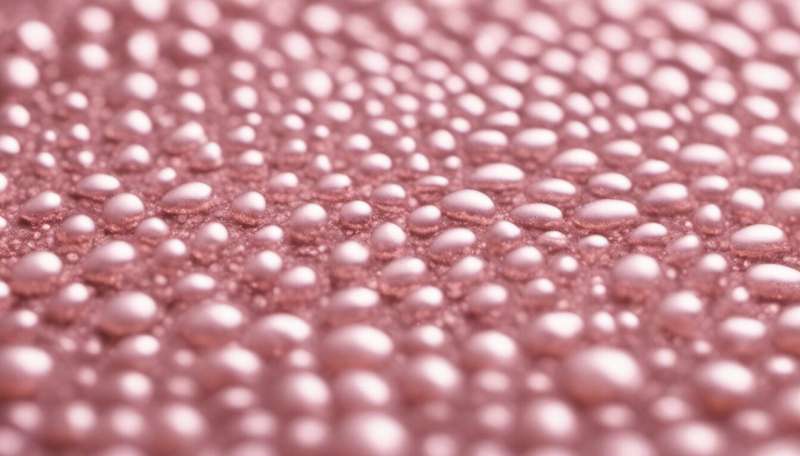New method improves detection of harmful microscopic parasites in water
Published on by Water Network Research, Official research team of The Water Network in Technology
 CRISPR technology has been shown to identify the presence of harmful Cryptosporidium microbes in water samples on site, using simple equipment.
CRISPR technology has been shown to identify the presence of harmful Cryptosporidium microbes in water samples on site, using simple equipment.
UNSW engineers have identified a new simpler method to detect tiny microbes in water which cause significant health risks and potentially even death.
Research by Professor Ewa Goldys, from UNSW's Graduate School of Biomedical Engineering, and her team shows that ultrasensitive CRISPR technology can identify the presence of Cryptosporidium parvum in samples on site and using simple equipment.
Cryptosporidium is a microscopic parasite that can cause serious gastrointestinal disorders, and is especially widespread in locations where water sources may be contaminated by animals, both wild and domestic. Long periods of drought followed by heavy rain, becoming ever more typical in Australia, often leads to increased contamination of our waterways.
The new technology also has the potential to be developed further to improve detection of other bacteria and viruses, including possible identification of COVID-19 in wastewater samples.
Cheaper, faster, easier
Until now, detecting Cryptosporidium most commonly requires the use of expensive laboratory equipment, specialized microscopes and skilled training to identify the microbe in a water sample.
But in a paper co-authored by Professor Goldys, and published in Water Research , a new method is proposed which is cheaper, easier to carry out and requires little or no special training to administer and analyze the results.
That is because the system produces a distinctive fluorescent glow in the water sample when Cryptosporidium is found.
The research shows how identification of even a single microorganism within a given sample is possible. This is important, given the fact that as little as two such microbes are believed to be capable of causing serious infection.
Prof. Goldys said: "This new method lowers the cost of water testing and makes it more broadly available. We hope to make water testing much faster, and much cheaper.

A simple plate reader can be used to detect the flourescent signal given off when CRISPR technology is used to detect specific proteins on the surface of the Cryptosporidium oocyst. Credit: Shutterstock
"That is a benefit to everybody, wherever they live in the world, because it makes the technology more widely accessible.
"In addition, we believe this technology could be applied to the detection of COVID-19, which currently takes up to 11 hours to get results from wastewater samples—much of which is often time spent transporting the sample to the lab where all the specialized equipment is located.
by Neil Martin, University of New South Wales
Taxonomy
- Contaminant Removal
- Contaminants